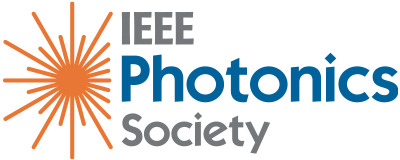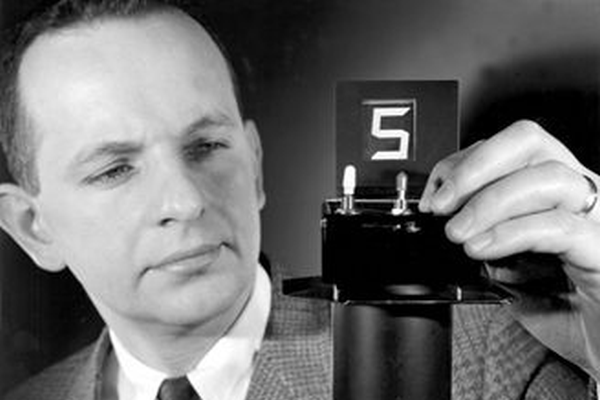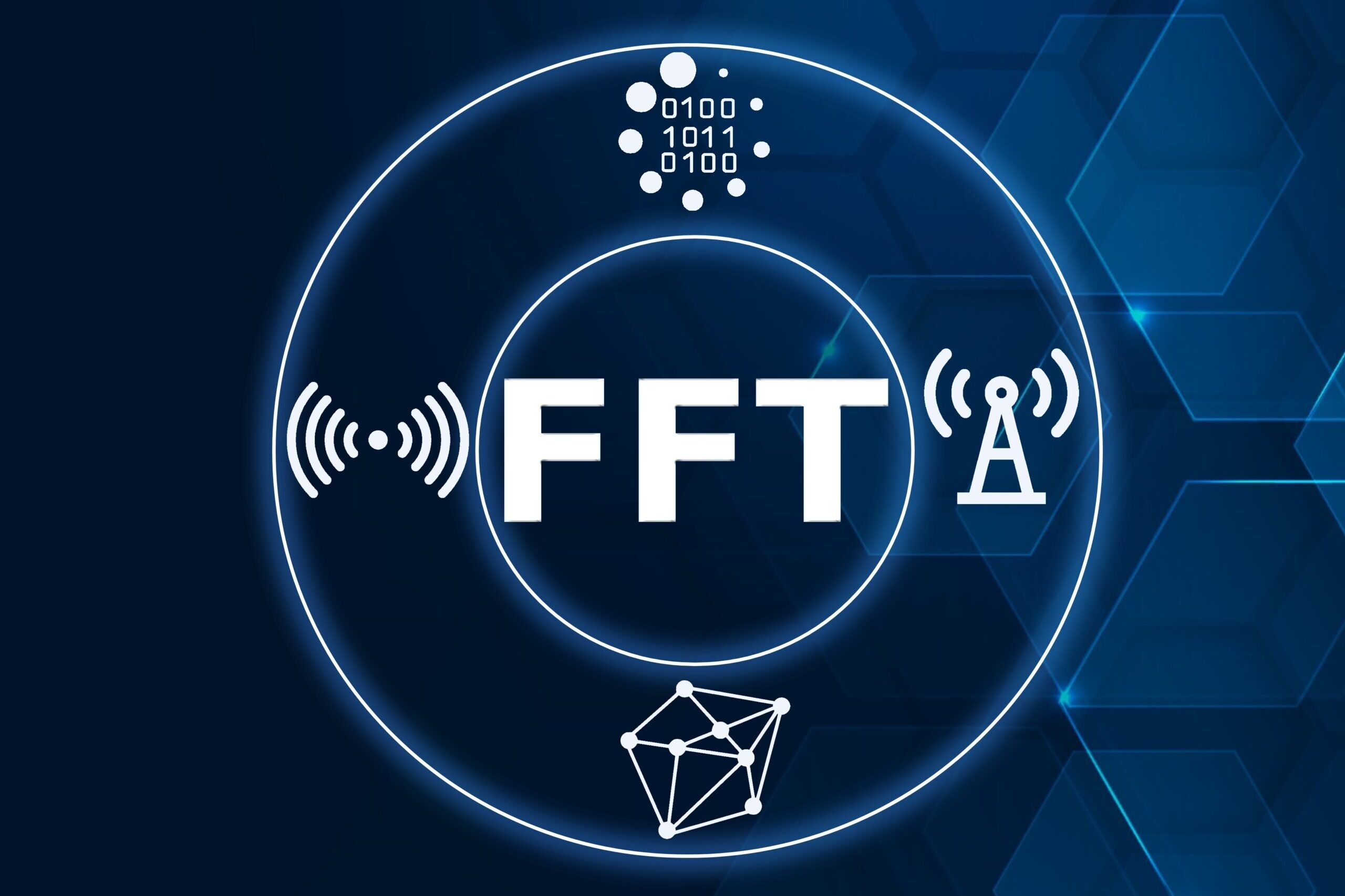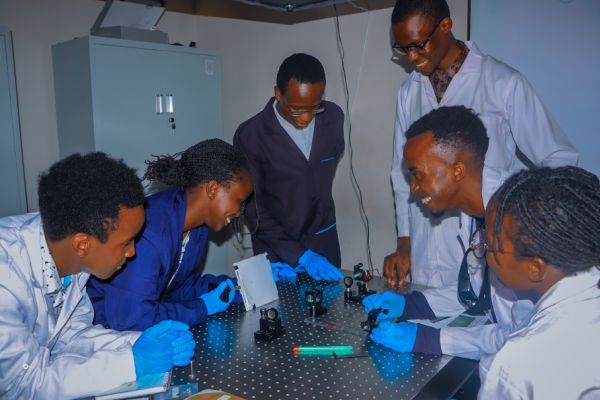The ability to write meaningful and successful proposals is a key skill for those enjoying the adventures of life at a photonics startup—whether they take the shape of a business plan to be presented to investors, a product development plan to be presented to commercial customers or a technology research plan to be presented to government customers, all proposals share the same elements for success.
I have developed my proposal writing skills over decades, and after all this time, I still believe that there are no other proposal writing guidelines as powerful and succinct as those crafted by George H. Heilmeier in the 1970’s. His set of questions for helping one to think through a proposed program have been a guiding light for me for a long time.
George Harry Heilmeier was born in Philadelphia, PA in 1936. He received his B.S. degree in Electrical Engineering from the University of Pennsylvania and his M.S.E., M.A., and Ph.D. degrees in solid state materials and electronics from Princeton University. Dr. Heilmeier, the son of a janitor, was the first member of his family to finish high school and go to university.
In 1958 he joined RCA Laboratories in Princeton, NJ, where he worked on parametric amplification, tunnel diode down-converters, millimeter-wave generation, ferroelectric thin film devices, organic semiconductors and electro-optic effects in molecular and liquid crystals. In 1964 he discovered several new electro-optic effects in liquid crystals, which led to the first working liquid crystal displays based on what he called the dynamic scattering mode (DSM).
Heilmeier spent much of the 1970’s in the US Department of Defense (DoD). In 1971 he was appointed Assistant Director for Defense Research and Engineering, Electronic and Physical Sciences, overseeing all DoD research and exploratory development in these areas. In 1975 he was named Director of the Defense Advanced Research Projects Agency (DARPA) and initiated major efforts in stealth aircraft, space-based lasers, space-based infrared technology and artificial intelligence. While at DARPA, he came up with his helpful set of questions to guide the thought process of those proposing programs to the Agency and for those reviewing the proposed programs. This set of questions has become known as the “Heilmeier’s Catechism,” which we will discuss in detail in this article.
December 1977, Heilmeier left the government to become vice-president at Texas Instruments, and in 1983, he was promoted to Chief Technical Officer of that company. Then, from 1991 to 1996, he was president and CEO of Bellcore (now Telcordia), ultimately overseeing its sale to Science Applications International Corporation (SAIC). He served as the company’s chairman and CEO from 1996 to 1997, and after retirement as its chairman emeritus. Dr. Heilmeier passed away in April 2014 [1].
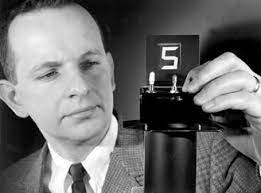
The Heilmeier Catechism Dr. George Heilmeier developed the following set of questions (known as the “Heilmeier Catechism”) to help DARPA officials and proposers think through and evaluate proposed research programs [2]:
• What are you trying to do? Articulate your objectives using absolutely no jargon. • How is it done today, and what are the limits of current practice? • What is new in your approach and why do you think it will be successful? • Who cares? If you are successful, what difference will it make? • What are the risks? • How much will it cost? • How long will it take? • What are the mid-term and final “exams” to check for success?
Further Thoughts on the Heilmeier Catechism The eight Heilmeier questions have a profound impact on the way we should think about and structure a proposal—the following discussion expands on each one of these questions:
What Are You Trying to Do? Articulate Your Objectives Using Absolutely No Jargon The proposal objectives should be crystal clear, and they should be so, primarily, to the reader/evaluator, who typically is a highly intelligent and competent person but not necessarily versed in the detailed intricacies of the technology in question. The proposal should be written simultaneously for both a general audience and for experts, and this is a difficult skill to learn. It is perfectly acceptable to describe the objectives twice, once in plain English for the general audience and once with technical detail to demonstrate that you are a subject matter expert. Describing the objectives in plain English is also a demonstration that you really understand what you are talking about. Hiding behind jargon is, unfortunately, common practice and a red flag to the astute reviewer. In some instances, the full set of objectives is not totally clear at the time of proposal writing. A portion of the objectives might need further investigation. Interestingly, it is perfectly fine to clearly state what portion of the objectives need additional effort, or in other words, what are the “known unknowns.” Tasks should be defined early in the program to clarify any incomplete objectives. This could be the first phase of the program.
How Is It Done Today, and What Are the Limits of Current Practice? Are the objectives of your proposal something that is already done today? If so, what are the problems with the current approach? Are you proposing something that will perform better? Is it something that will perform similarly to current products but will be smaller, lighter, or more efficient? Are you proposing an approach that will reduce cost? Why can’t these advantages be obtained through the current approach? Wouldn’t that be faster and cheaper?
Who Cares? If You Are Successful, What Difference Will It Make? Distinguishing your approach and its opportunity for realization is key to a successful proposal. How does your approach differ from the current one? What is new in it and why are you so convinced that it would lead to the desired outcome? Are there any other possible new approaches and why is your proposed approach better than those? The answer to this question will show your technical mastery and understanding of other possible competitive approaches with yours, whether existing or new.
What is new in your approach and why do you think it will be successful? This is a crucial question to answer in the proposal. As engineers, we get easily enamored with technology, and many times, we believe that the beauty of the technology itself is reason enough to propose to work on it. Remember that we are in business, the reason for the existence of our business (and for submitting a proposal) is that our work should result in a positive impact on society. Most of the time, this positive impact is embodied in a profitable product. Significant thought should be given to this aspect—who cares about the program result? Why do they care? What is the impact on those who care if the program is successful? Who are the beneficiaries? Thinking deeper, this solicits questions such as: Who is the ultimate user of the product? Can they afford the product? What is the expected market size at the time of product launch? How will the market grow over time? Do we need further investments after product launch to sustain the growth opportunities? The answer to these questions will show your marketing mastery and your understanding of the use and impact of the products to be developed.
What Are the Risks? Think about risks in all possible dimensions: Technical—will we achieve the performance objectives? • Market—will the performance objectives meet the market needs? • Schedule—how sensitive is success to time delays? Are there competing companies/organizations that could beat us to market? • Resources—how confident are we that the budget is sufficient to reach the objectives on schedule?
What are you doing to manage risk? Assume that some of the tasks that you are pursuing will fail and give yourself time and resources for the extra effort that might be needed. Consider that in most programs there are “unknown unknowns” that will appear along the way, mostly caused by the lack of sufficient experience on the proposed topic. Highlight all relevant prior experience, whether your own or from consultants planning to participate. The largest contributor to risk is doing something for the first time! Describing in the proposal your prior experience in this or related areas will help ease the investor/customer risk concerns. For additional thoughts on risk management, check the “Life at a Photonics Startup” article from December 2019. [3].
How Much Will It Cost? The main elements in a proposal budget are labor, materials, supporting services (this includes overhead items such as rent and utilities and direct charges such as consultants and outsource processing, for example) and profit. Spending adequate time to price materials and supporting services is a must. Estimates for labor costs related to internal tasks are largely based on experience, which is a key ingredient to minimize risk. If you do not have direct prior experience in what is being proposed, hire someone who does to help with the proposal and subsequent execution, either as a consultant or permanent staff.
How Long Will It Take? Defining the program schedule, similarly to the budget, relies on material delivery times, availability of supporting services and estimates of duration for internal tasks. Spending adequate time to determine availability of materials and support services is a must. Like with budget definition, the internal tasks schedule estimate will benefit from prior experience. Consult with people who have experience estimating the type of tasks you are proposing if you do not have the experience yourselves.
What Are the Mid-Term and Final “Exams” to Check for Success? The potential investor in the proposed program, whether it is a venture capitalist, a commercial customer or a government customer will want to have well defined checkpoints along the program evolution and at its conclusion. How do we know that we are making adequate progress at intermediate points? How do we know that the program has finished and is successful? For long programs, it is useful to define several phases, with checkpoints at the end of each. It is far better to have these “exams” defined in the proposal by yourselves rather than having them defined for you.
Concluding Thought Through the years, I have found great power in going over the eight Heilmeier questions as I start writing a proposal. They provide a brief and direct guideline on what are the important elements that constitute a good proposal. The questions are general by design, and you will need to adapt them to your specific customer requirements, of course. A successful proposal will respond to the Heilmeier questions in a way that is tailored to the particular needs and circumstances of the customer. I am sure that as you apply the questions to your specific case you will discover their usefulness, if you haven’t already!
References [1] Biography of George H. Heilmeier; OSA Living History; Optical Society of America https://www.osa.org/en-us/ history/biographies/bios/george_h_heilmeier/ [2] The Heilmeier Catechism; DARPA https://www.darpa .mil/work-with-us/heilmeier-catechism [3] Risk Management; Life at a Photonics Startup: Lessons Learned; IEEE Photonics Society News; December 2019; vol. 33; No. 6; pp. 13–15.
About the Column This is a regular column that explores business aspects of technology-oriented companies and in particular, the demanding business aspects of photonics startups. The column touches on topics such as financing, business plan, product development methodology, program management, hiring and retention, sales methodology and risk management. That is to say, we include all the pains and successes of living the photonics startup life.
This column is written sometimes by me (Daniel Renner) and sometimes by invited participants, so that we can share multiple points of view coming from the full spectrum of individuals that have something to say on this topic. At the same time, this is a conversation with you, the reader. We welcome questions, other opinions and suggestions for specific topics to be addressed in the future. If you have any questions or comments, please contact us here.
